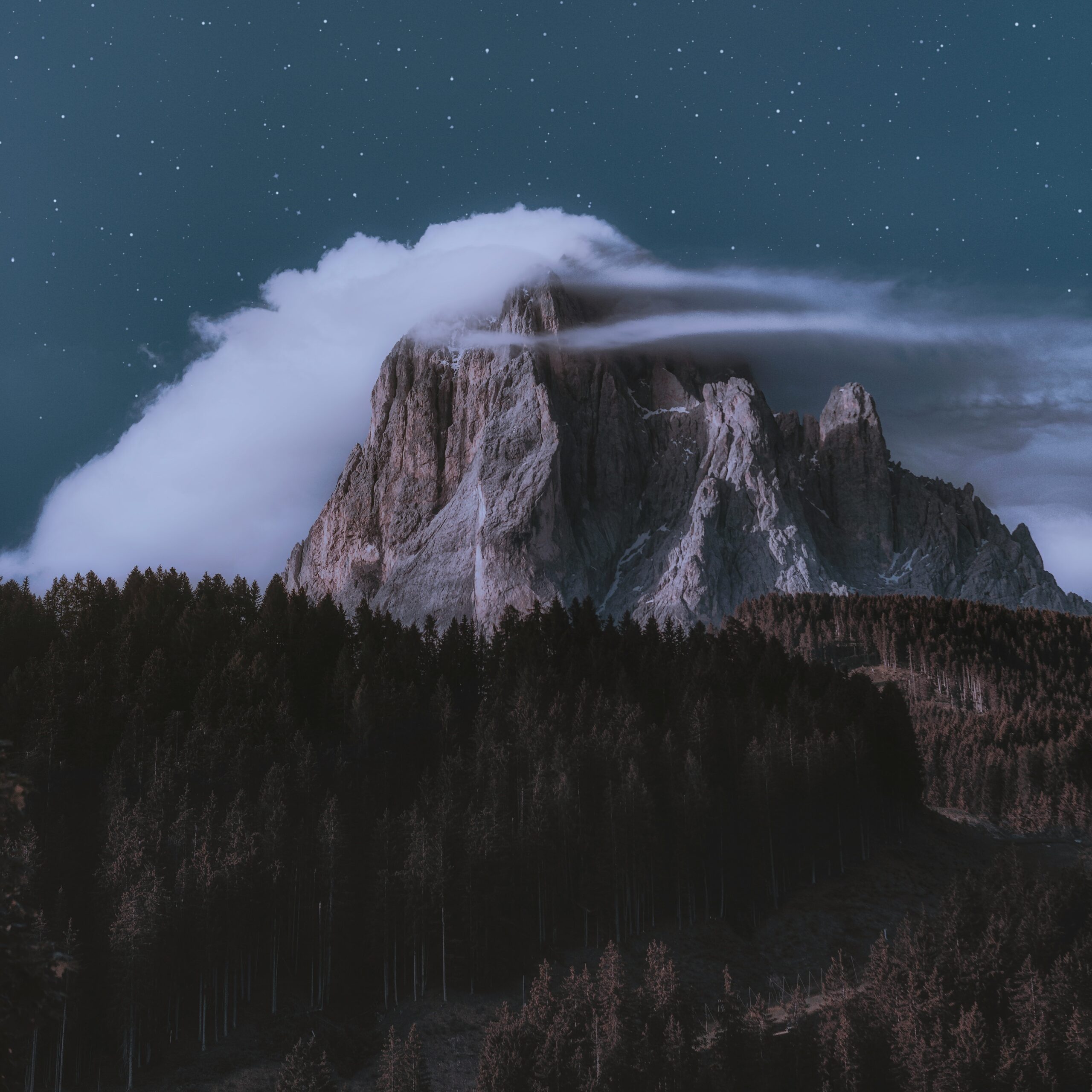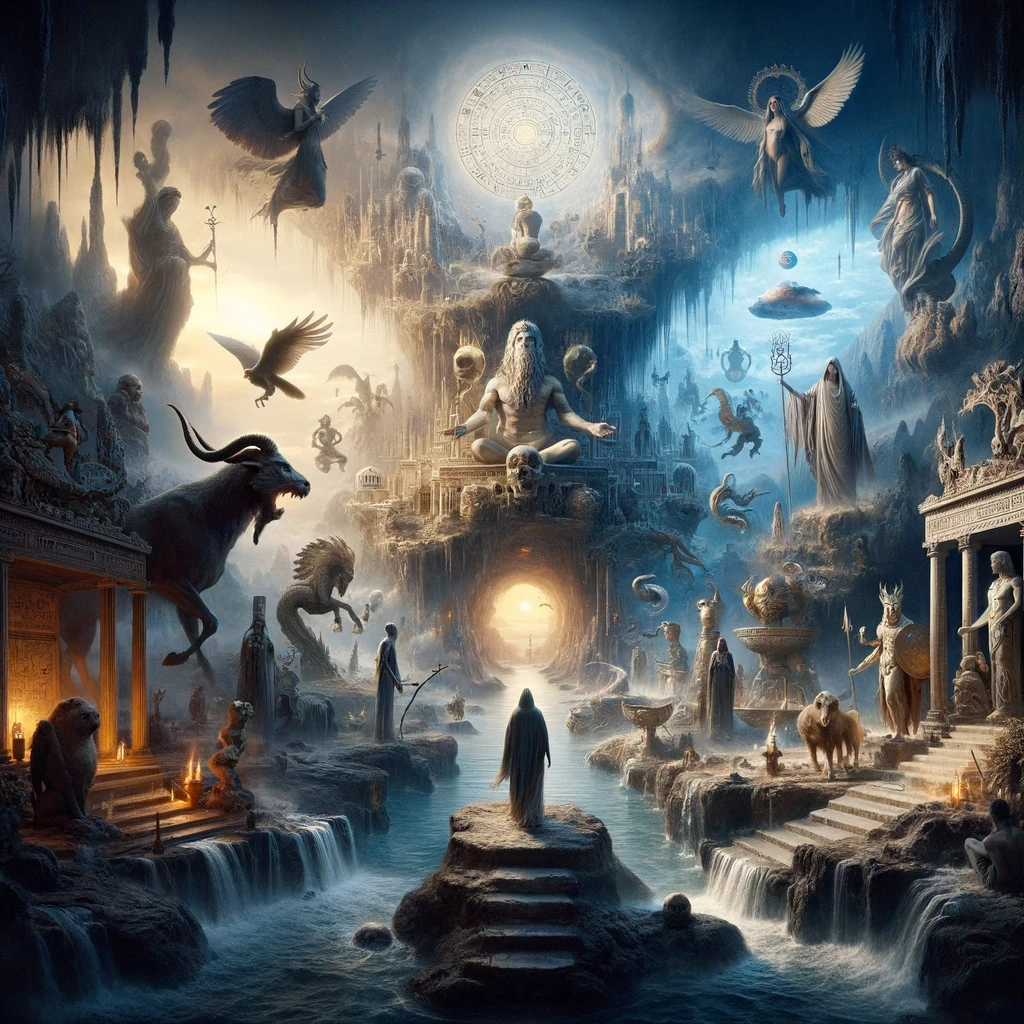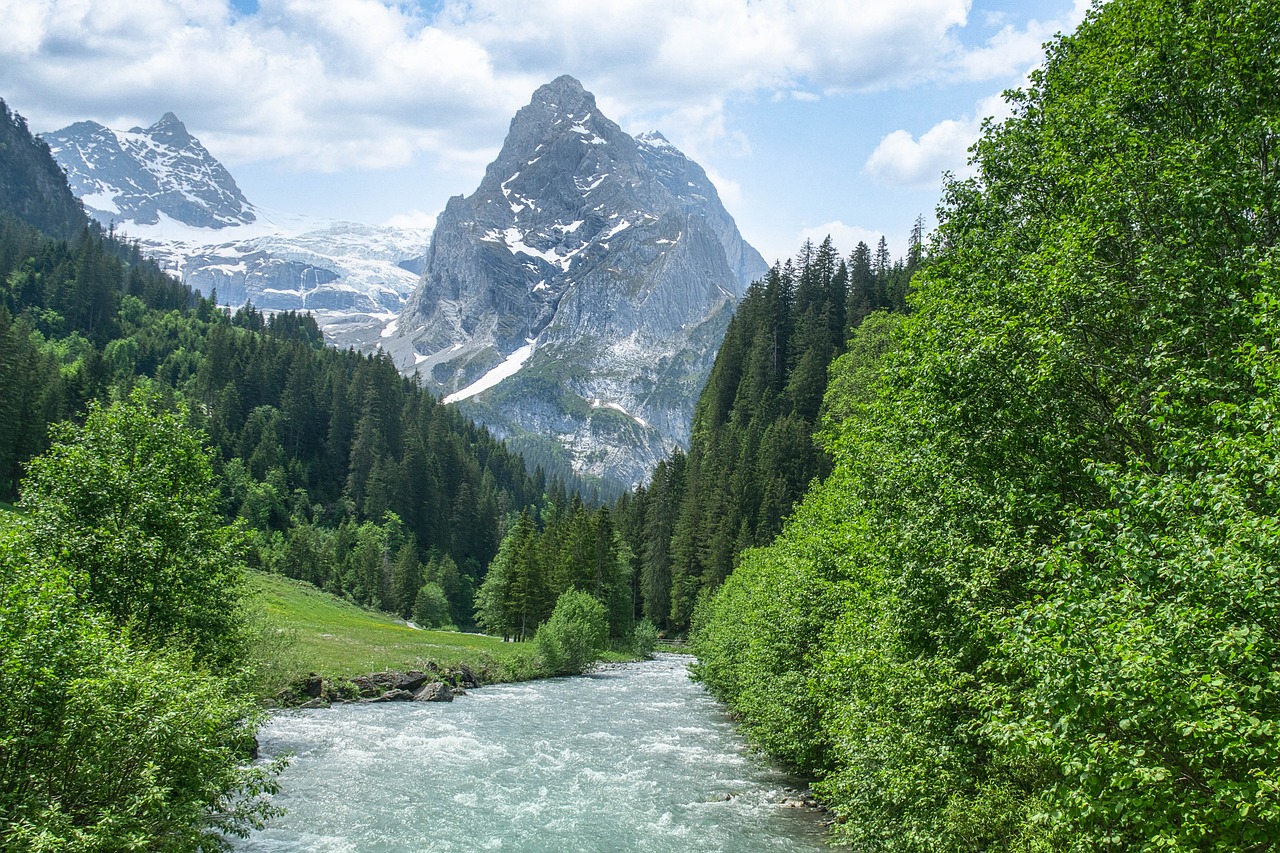The concept of the underworld, a realm where the souls of the deceased reside, has fascinated humanity for millennia. Across various cultures, the underworld is depicted not just as a place of punishment or reward, but as a complex world with its own rules, deities, and mysteries. This blog explores the rich tapestry of underworld mythology across different civilizations, shedding light on how our ancestors perceived the afterlife and its significance in contemporary culture.
1. Greek Mythology: Hades and the Kingdom of the Dead
In Greek mythology, the underworld is known as Hades, named after its ruler, the god Hades. It’s a realm where souls are judged by three deities: Minos, Aeacus, and Rhadamanthus. The underworld is divided into various regions, including the Elysian Fields, a place of paradise for the righteous; Tartarus, a deep abyss for the wicked; and the Asphodel Meadows, where the average souls reside.

2. Egyptian Mythology: Duat, the Realm of Osiris
The ancient Egyptians believed in Duat, a sunless realm where the dead journey to be judged by Osiris, the god of the afterlife. This journey was perilous, filled with demons and obstacles. The heart of the deceased was weighed against the feather of Ma’at, symbolizing truth and justice. Those found virtuous were granted eternal life in the Field of Reeds, a mirror image of life on earth.

3. Norse Mythology: Helheim, the Domain of Hel
In Norse mythology, the underworld is called Helheim, overseen by the goddess Hel. It’s a grim and cold place, located in the world tree Yggdrasil’s roots. Not all who die go to Helheim; warriors who die in battle are chosen by the Valkyries to reside in Valhalla, Odin’s hall, where they prepare to aid the gods during Ragnarok.

4. Mesopotamian Mythology: The House of Dust
The Mesopotamians envisioned the underworld as a dark, dreary place called the House of Dust. Here, souls, regardless of their moral conduct in life, subsisted on dust and were ruled by the goddess Ereshkigal and her consort, Nergal. This realm was so feared that rituals and offerings were made to ensure the dead would not return to haunt the living.

5. Mayan Mythology: Xibalba, the Place of Fear
The Mayans believed in Xibalba, a vast underground network ruled by the Lords of Xibalba. This underworld was accessed through caves and waterways and was a place of tests, trials, and tribulations. The Popol Vuh, a sacred Mayan text, recounts the journey of the Hero Twins, Hunahpu and Xbalanque, through Xibalba, ultimately leading to their victory over the death gods.

Links for Further Reading
- Theoi Greek Mythology provides detailed information on the Greek gods, goddesses, and myths, including the underworld.
- Ancient History Encyclopedia offers comprehensive articles on various aspects of ancient cultures, including their beliefs about the afterlife.
- Norse Mythology for Smart People covers the Norse cosmos, including Helheim and Valhalla.
- The British Museum Blog features insights into Mesopotamian civilization and its myths.
- The Maya Gods of the Popol Vuh dives into the Mayan underworld and its significance in the Popol Vuh.





